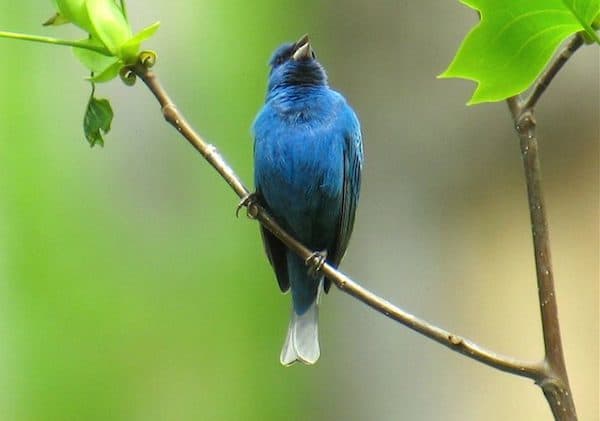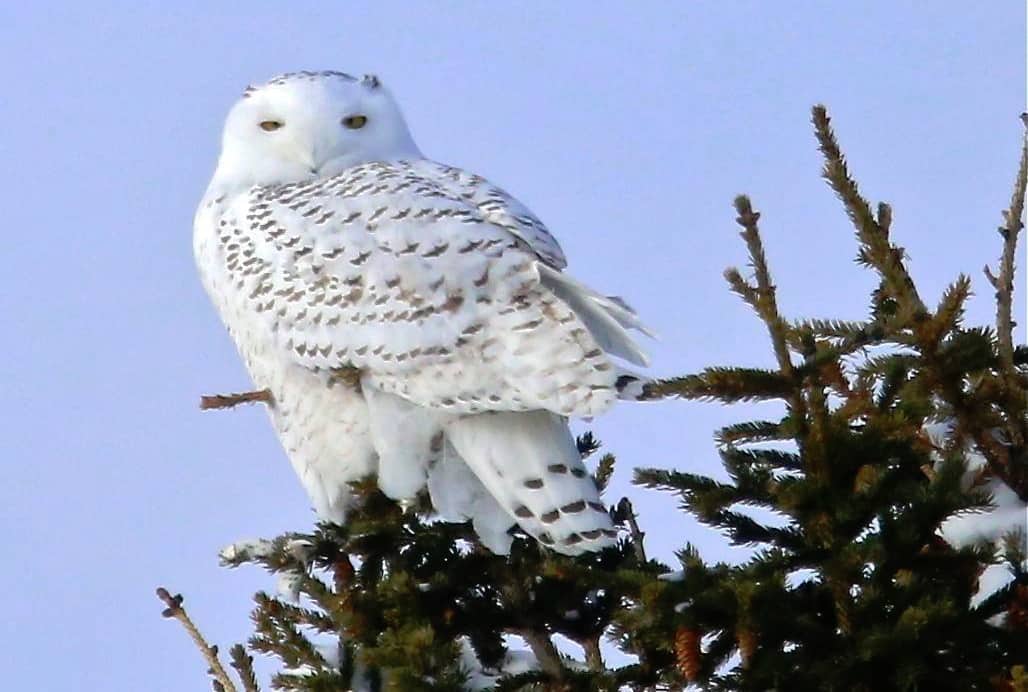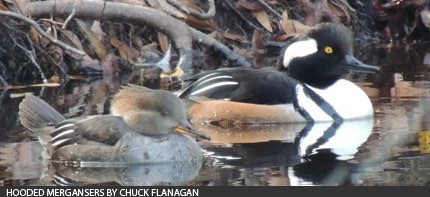Summer Birds of Tennessee (June, July, August)
Summer is the nesting season. For birders it is primarily the months of June and July. In Tennessee these months are normally not the hottest or the driest but they may sometimes be, particularly July. As usual, the weather affects the birds and the bird watchers, so visits to the field may slow down as the temperature rises. And the foliage seems to obscure so many of the sought-after birds. Relying on our hearing becomes more necessary but in general the birds have less to say. They have grown more silent as their offspring have come along and that provides more safety and security for the hatchlings.
But resist the temptation to stay inside in air conditioned comfort. There is a lot shaking out there to hear and see.
The color of spring continues into the summer with many of the birds still in their breeding plumage. Look for the bright blue of our most abundant neotropical migrant, the indigo bunting, in brushy areas and along the margins of woodlands. The indigo rarely occurs in urban areas, so it may not yet have been seen by beginning birders. The first view is a knockout, as are all the others after that. In the woods look for the red of the male summer tanager, the red and black contrast of the male scarlet tanager, and the chestnut and black of the male orchard oriole. The greenish and yellow females will be nearby. When you hear the wheeep of the yellow-bellied flycatcher from the treetops look patiently for it. And in thickets listen and watch for that big old warbler the yellow-breasted chat. Its whistled song, and explosive whoots and kooks may be accompanied early in the summer by a humorous, leaping display that has caused the bird to be nicknamed the “buffoon of the briarpatch.”
Summer is southern magnolia time in Tennessee. These native trees with their huge fragrant creamy white blossoms and shiny green leaves enliven the landscape and the fruit feeds a score of avian species including the mockingbird, catbird, northern flicker, and eastern kingbird. In June the blackberry are just past full bloom and are beginning to show small pale fruit. Blue grosbeaks prefer the dense vines for nest sites and indigo bunting like them too. By mid-June the rhododendron blanketing the eastern mountains is in full bloom. The red flowers of the native honeysuckle, growing in old fields and thickets, and the orange, yellow or scarlet flowered trumpet vine draw ruby-throated hummingbirds by the score.
In June and into July the Carolina wrens have multiplied and their sometimes piercing songs seem to come rapid-fire from every direction before dawn until well after dark. The young are now out and about and, along with the adults, are trying out the more than 30 songs and churrs in their repertoire. They may have nested anywhere around human habitation often including a spot inside a barn, shed, garage, or even inside the house. Local newspapers frequently run interest articles praising the gracious hosts of gregarious wrens that have nested inside the domicile in a location apparently suited to them but often quite inconvenient for the accommodating human residents.
Though much less common in most areas of the state than the Carolina wren, house wrens may have actually used the house put up just for them to successfully hatch a brood. The rapid bubbling song of the house wren is much less varied than that of its larger cousin and, once learned, is easily recognized even from far off around the neighborhood or the farm and even in the background in movies, television shows, and commercials.
American robins still seem to be chanting incessantly and the variety in their song seems to increase as the young come along. Juvenal robins, as well as the young of the other common thrush, the Eastern bluebird, sometimes surprise and confuse the novice bird watcher if seen without the parent nearby. For a few weeks after they have fledged they look quite different from the adult. Both have speckled breasts and may appear as large or even larger than the adult, but the rust color on the robin and the bluish wing feathers of the bluebird are giveaways in the identification.
In late summer chimney swifts in squadrons twitter overhead from dawn to dusk and common nighthawks join them late in the day, peenting as they bat their long wings lazily overhead. The secretive yellow-billed cuckoo – sometimes called the raincrow – may be frequently heard but seldom seen. The pee-a-wee of the eastern wood-peewee and the namesake call of another common flycatcher the eastern phoebe can be heard in many areas as the birds move through the treetops, flying out from upper branches to eat flying insects.
At the lake or by a pond look for great blue heron stalking luckless prey along the shore and the spotted sandpiper teetering along the water’s edge nearby. The green heron, whose legs have now turned from the red-orange of breeding back to greenish-yellow, may be resting on the low branches of a tree or bush near the water or stealthily crouching along the bank. A common yellowthroat may call aggressively from nearby, its repeated witchity hard to miss. As the shorebirds begin to leave, it is a sure sign that summer will soon end.




